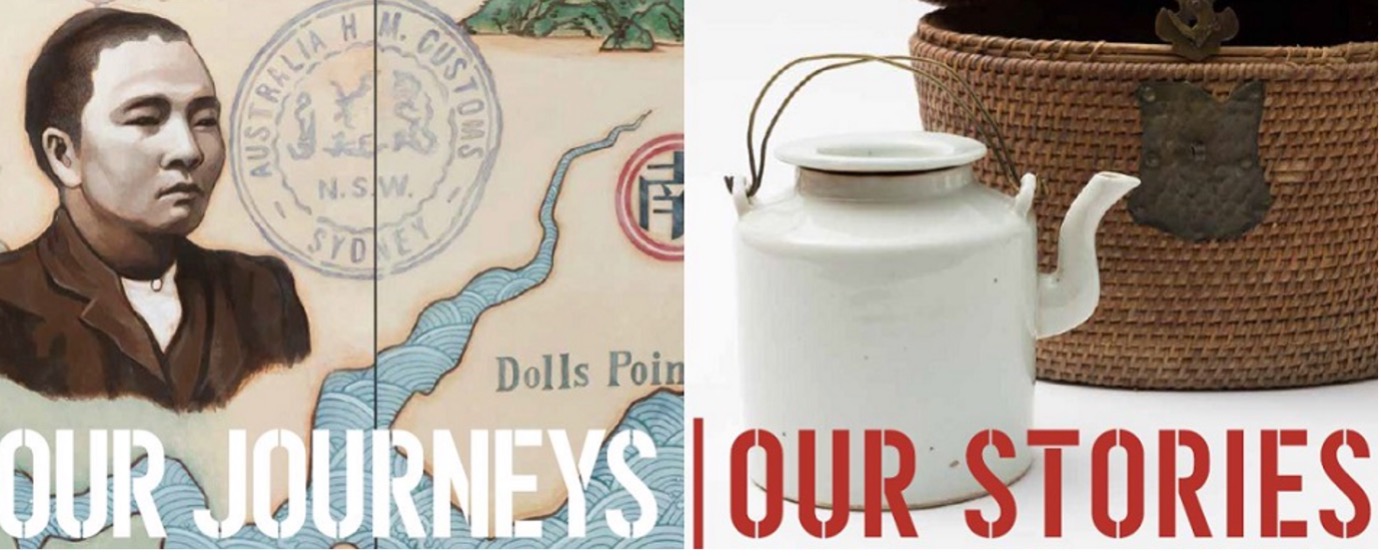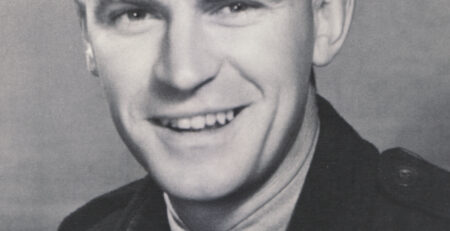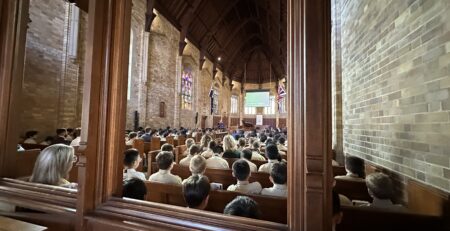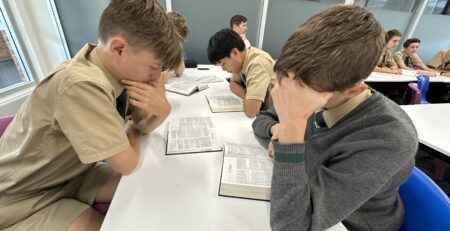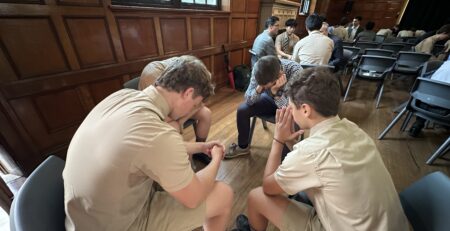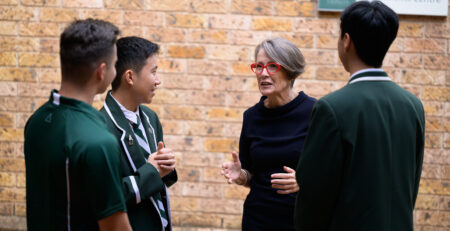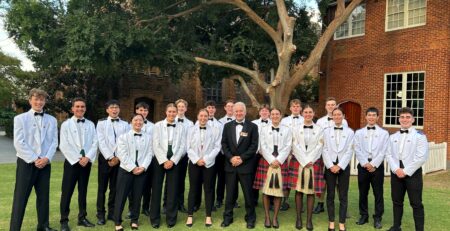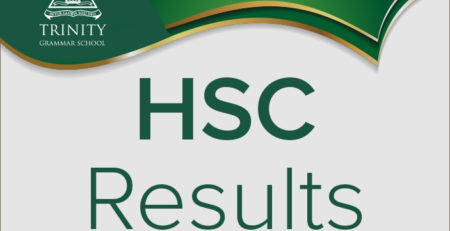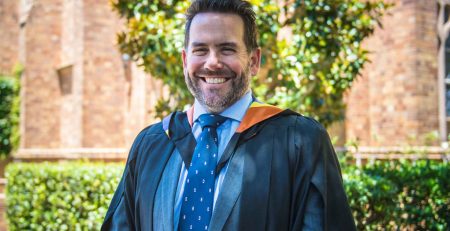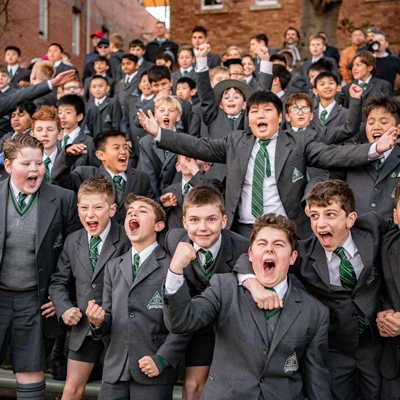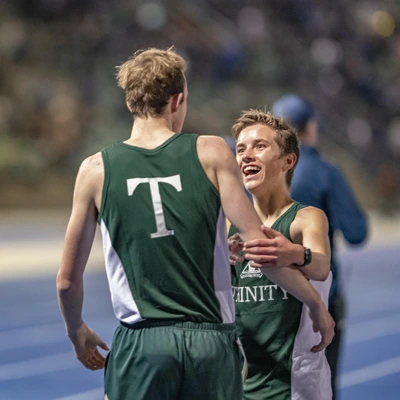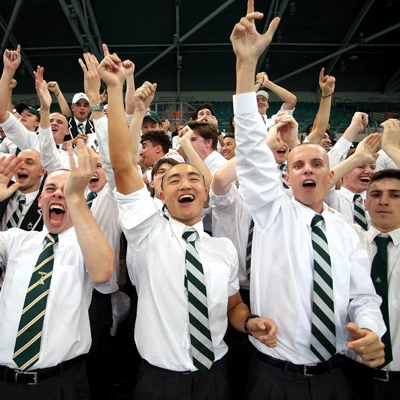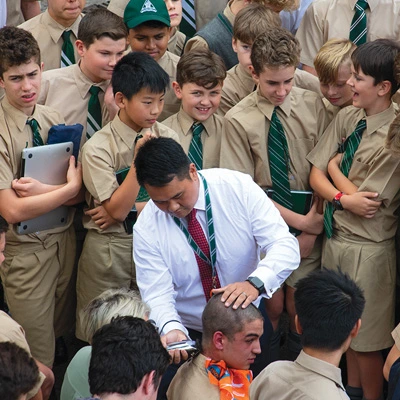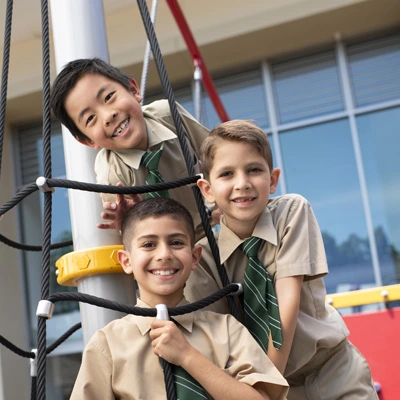Prep | Kindergarten News
The Kindergarten Learning Environment




The Kindergarten learning spaces are buzzing with excitement! The boys are exposed to a wide range of ‘provocations’ that are informed by research, intentional planning by teachers and the current interests of the boys and the school community. The provocations in each learning space aim to promote a sense of wonder, exploration and investigation in a rich range of materials and resources. Our learners have shown interest in animals that live in the jungle. This sparked an idea to create our very own jungle. The boys collaborated, formed decisions, problem solved, resolved conflict, recorded information, gathered resources to build their jungle. Lifelong learning skills are facilitated through children actively engaging in their learning through play and being co-constructors of their learning.
Unit of Inquiry – Who We Are




As part of our current Unit of Inquiry, the boys have been inquiring into the Learner Profile Attributes. They embarked on an inquiry walk around the School, investigating how different classrooms had set up their Learner Profile wall. The boys recorded their observations in a variety of ways, some used tally marks to record how often they saw each attribute, some drew pictures of the different ways the attributes were represented, and others recorded the names of each attribute. With their evidence collected, the boys worked collaboratively to decide how they would set up their own Learner Profile wall in Kindergarten! The boys suggested adding photos to the Learner Profile wheel showing how they can be Caring, Principled and Balanced, and adding labels so they can practise the vocabulary.
Throughout Semester 2, the boys will individually choose a Learner Profile Attribute to be their goal. They will be working collectively to develop their own definitions and descriptions of what the different attributes mean to them, as well as gathering evidence throughout their learning on how they have developed each attribute.
Mathematics
Shapes are all around us! Students have been exploring the concept of two-dimensional space. Firstly, we delve into the ‘Form’ of familiar 2D shapes such as squares, circles, rectangles and triangles. What are they like? What is a straight line and what is a curved line? Where do we see these shapes in our natural environment? What is the difference between a rectangle and square? Next week explore the concept of ‘Connection’. When we trace around a 3D object, a 2D shape appears on the page. How is this so? What is the connection between two-dimensional and three-dimensional space? Is this a square or a cube?
The students continue to develop their rich mathematical vocabulary as they begin to explain and justify their observations. Educators encourage natural development of mathematical language by capitalising on the natural curiosity of our young learners. Students use a range of resources in the space to support knowledge acquisition. Which is the best shape to make out the roof for the house? Can you make a self-portrait? Which shapes will work best? Oh look, the traffic signs on our train tracks are different shapes. I wonder why? All the while, students develop important fine motor skills while cutting, stacking and drawing. The development of their social skills continues to grow as they manage sharing resources and working as a team to build or create using the shapes in the space.
I wonder if your son can transfer his newly learned knowledge and skills outside of the school environment and into the home environment? Does your son notice 2D shapes while out and about? If he notices a square or a circle, you might ask “how do you know?” or “what makes it a circle?”.
Music
In Classroom Music the Kindergarten students have inquired into the Stand Alone Unit of Inquiry Music and Movement with a focus on the Key Concepts of Form, Function and Reflection. The choice of repertoire has supported the teaching of phonics and this collaboration has enabled the students to enjoy learning new sounds set to music. They are also continuing to develop memorisation skills by adding actions and games to the songs. Music Notation skills are being extended by writing rhythms which include ta, titi and tika tika and recognise and perform these rhythms using untuned percussion instruments. Inner hearing is being developed through a fun activity which requires silently singing different Solfa pitches.




STEAM
Linking into their class unit of inquiry “How the World Works” Kindergarten, have been busy using their knowledge of materials to construct their own shelters. We started our inquiry into the function of a shelter, by leaving some of the STEAM stuffed toys outside for a week. With wet, dirty and smelly toys the boys determined that if they were to place their own toys outside, they would need to build them a shelter. Through conducting research, the boys were able to gain perspectives of how people from around the world live in different forms of shelters. Through this provocation the boys were able to transfer this internationally minded thinking to start making their own shelters, using a variety of different materials to ensure their toys would be protected by the weather. After conducting multiple tests most boys came to the conclusion that a good shelter needs a strong and waterproof roof, covered windows and a door that can be ‘locked’ shut.






Visual Arts
In Visual Arts this term, Kindergarten have been exploring sculpture and the properties of sculptural materials (form), as part of their How the World Works unit. Over the last few weeks students have been working on abstract sculptures using both clay and wood. They are currently in the process of painting these, we look forward to sharing them with you soon!


For students and families interested in visiting some art exhibitions during the holidays, here are a few ideas to get you started:
Archibald, Wynne and Sulman Prizes at the Art Gallery of New South Wales runs from 14th May – 28th August. The Archibald Prize for portrait painting is the country’s favourite and most significant art award. The Wynne Prize is awarded to the best landscape painting of Australian scenery, or figure sculpture, while the Sulman Prize is given to the best subject painting, genre painting or mural project in oil, acrylic, watercolour or mixed media. There are a number of drop in and bookings required workshops. Special mention to Austin in KL whose artwork ‘I Become Batman’ is currently on show in the Young Archie competition – congratulations Austin!
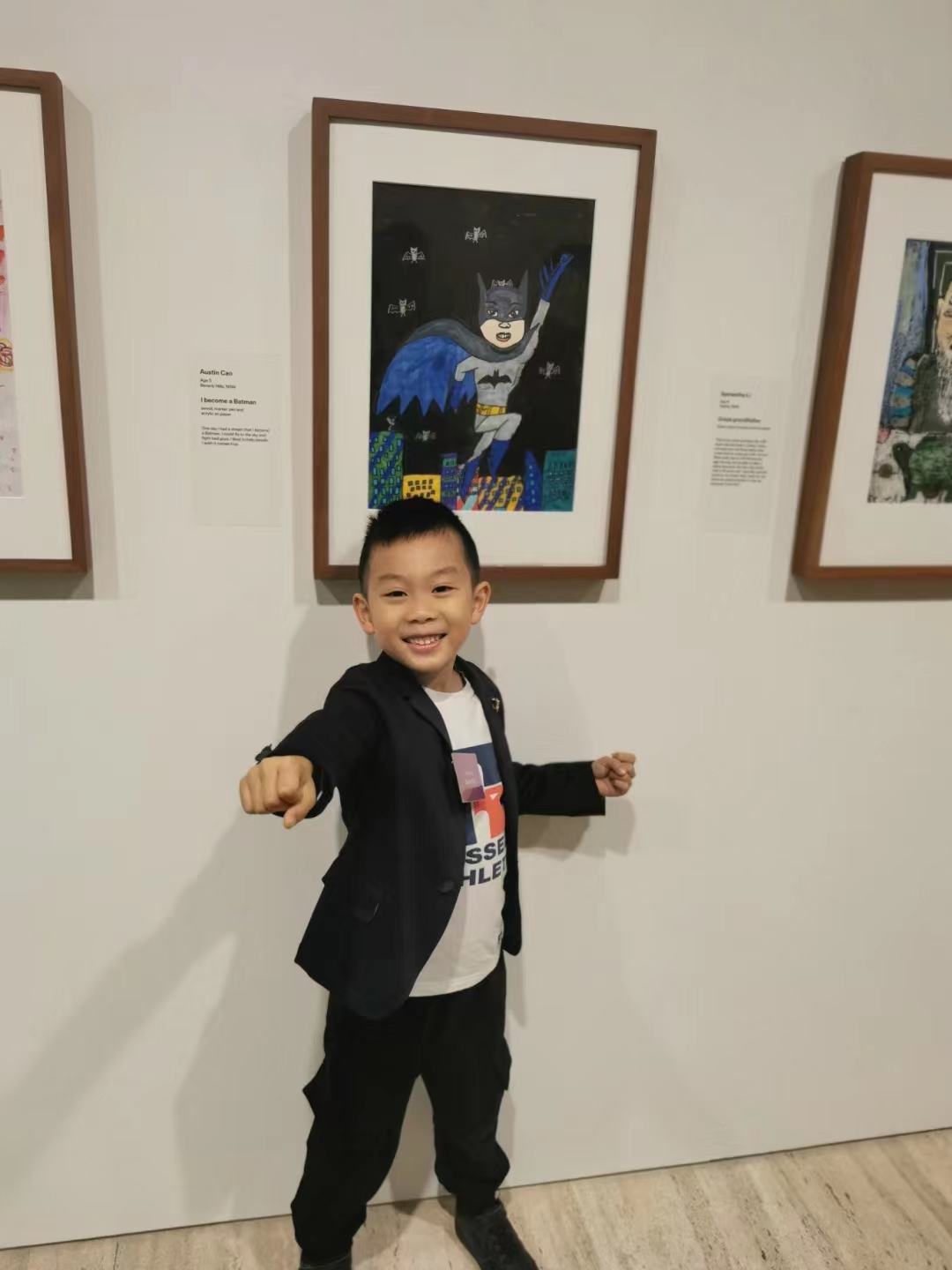
Other Possible Worlds: Contemporary Art from Thailand runs at Delmar Gallery from 25th June – 31st July, Wed – Sun, 12noon – 5pm. Other Possible Worlds presents 12 young and mid-career Thai artists enthusiastically engaged in the debates around Thailand’s present and future. The exhibition includes painting, sculpture, photography, installation, neon, video, embroidery, prints and works on paper. Information about a range of workshops, talks and discussions can be found here.
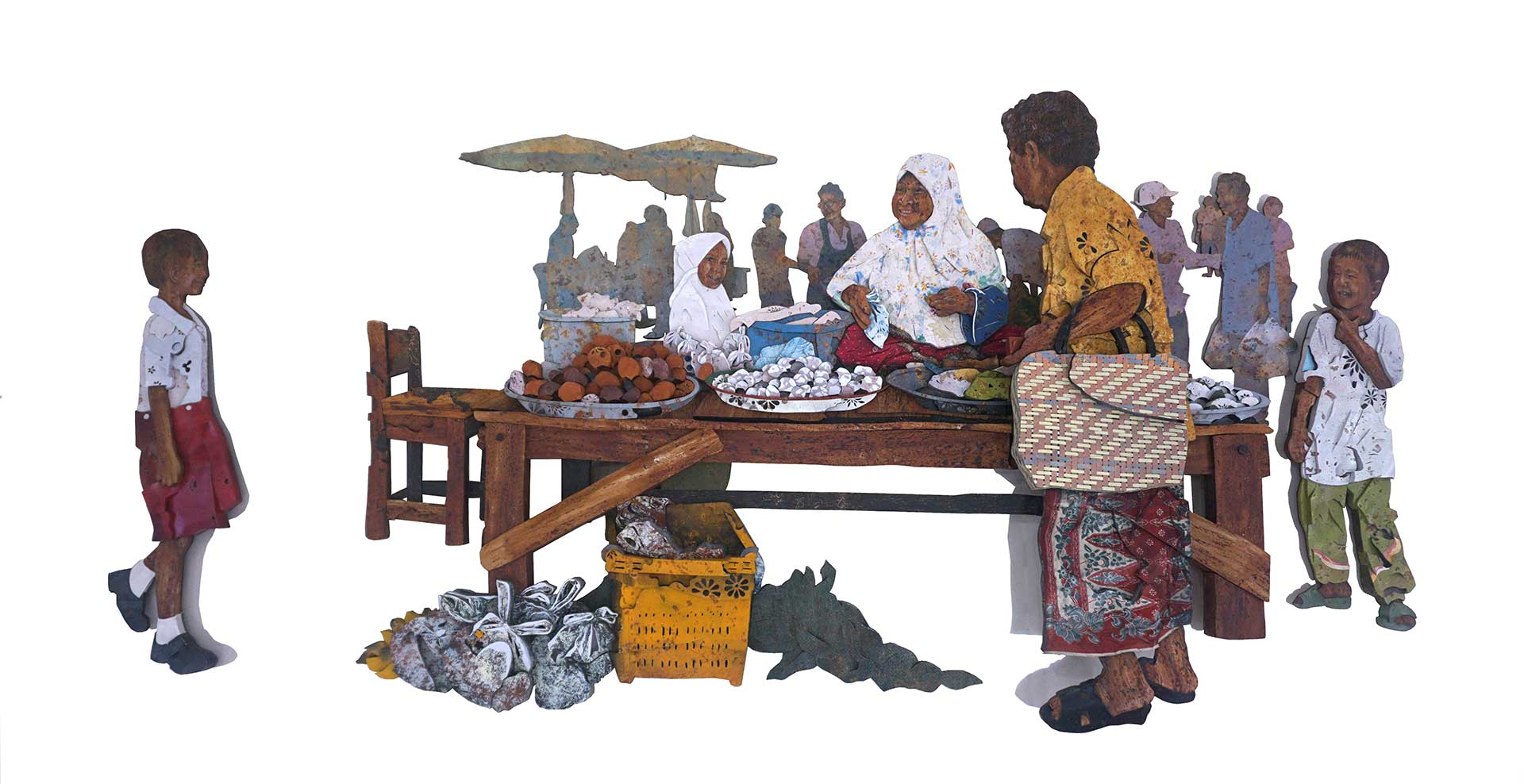
Our Journeys, Our Stories runs from 30th April – 24th July at Hurstville Museum and Gallery. The exhibition explores the Chinese migration history of the Georges River area. Interweaving social and cultural history with the work of contemporary Chinese-Australian artists Cindy Yuen-Zhe Chen, Guo Jian, Lindy Lee, Xiao Lu, Jason Phu, and Guan Wei. Information about guided tours and drawing workshops with artist Cindy Yuen-Zhe Chen held in July can be found at the above link.
